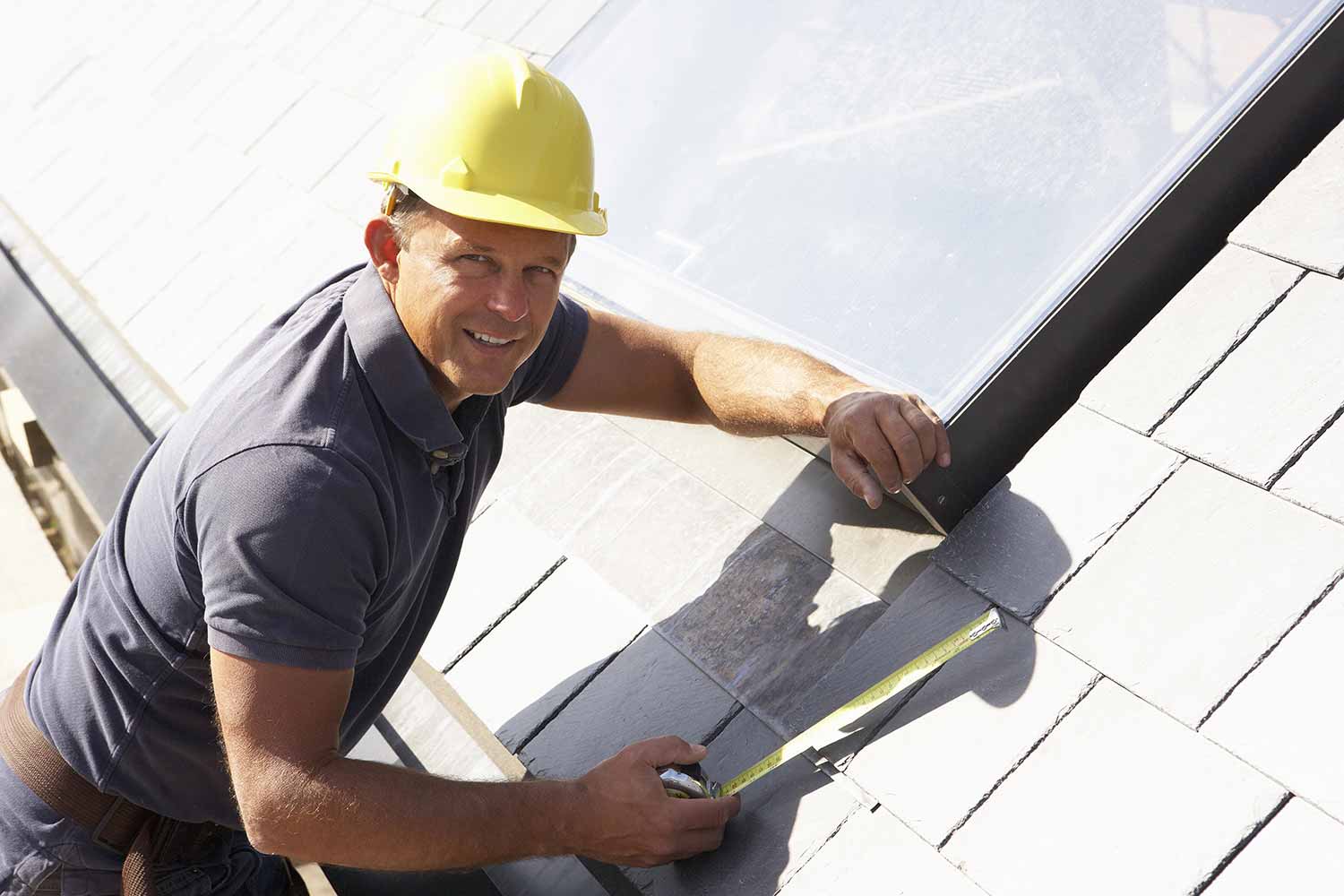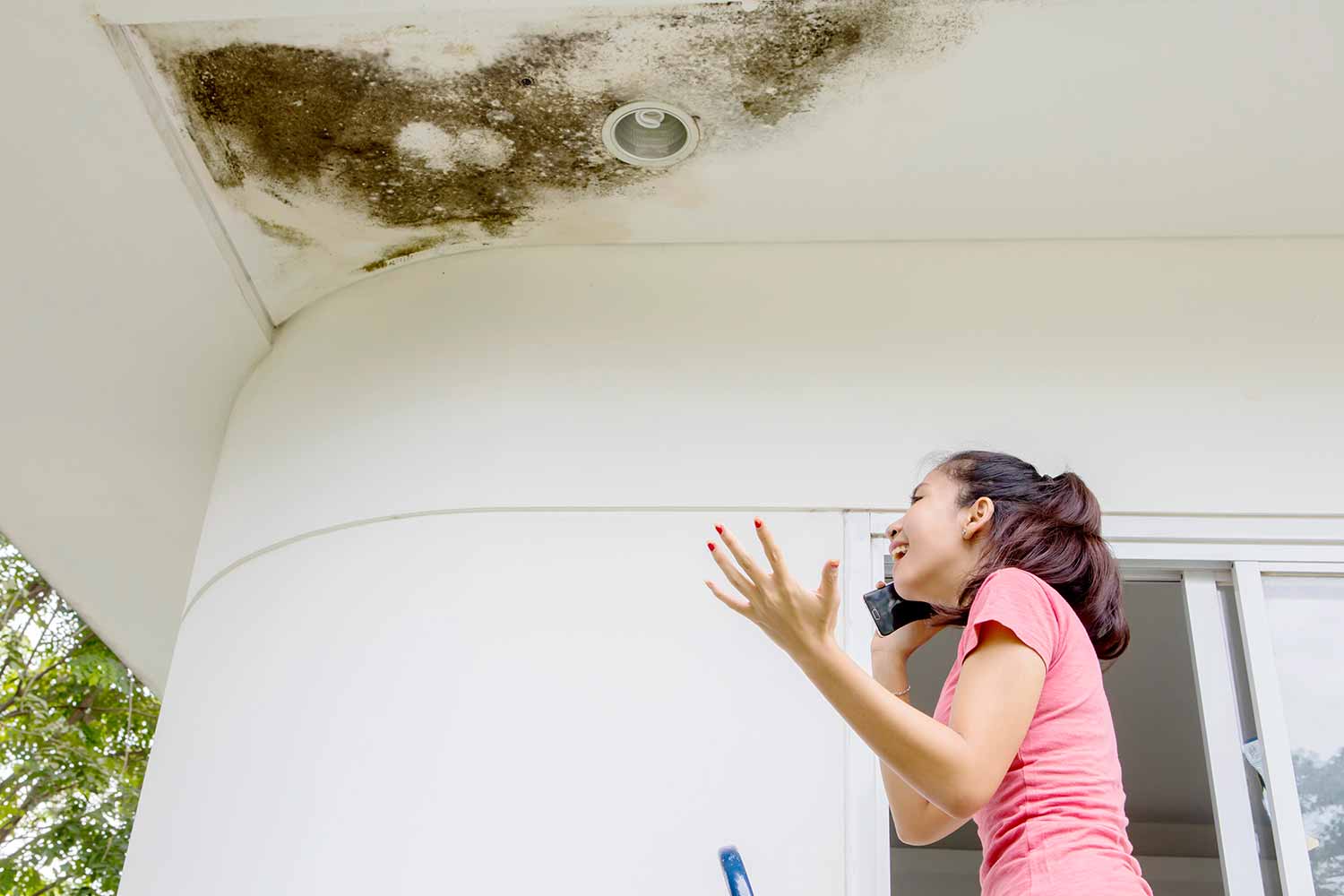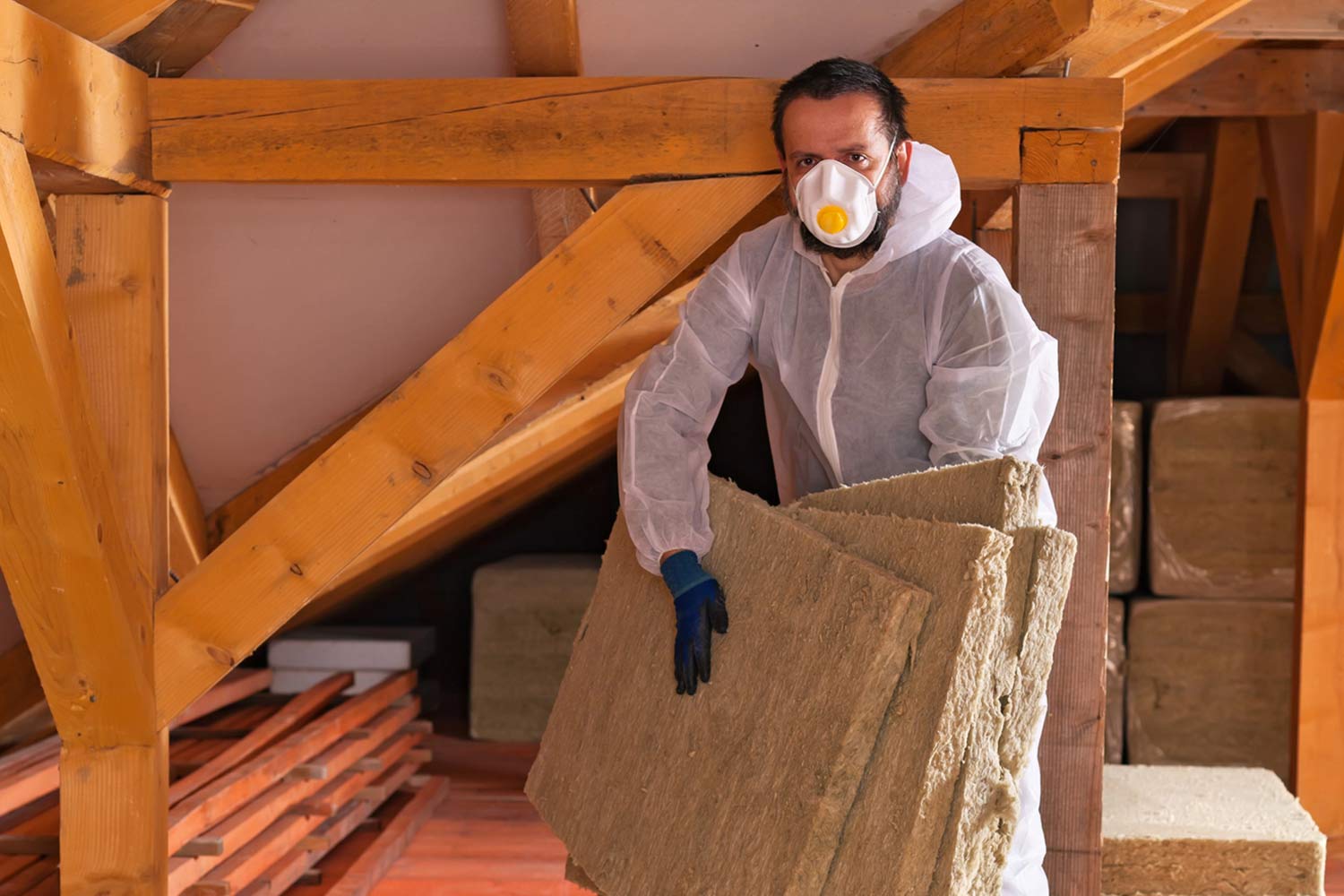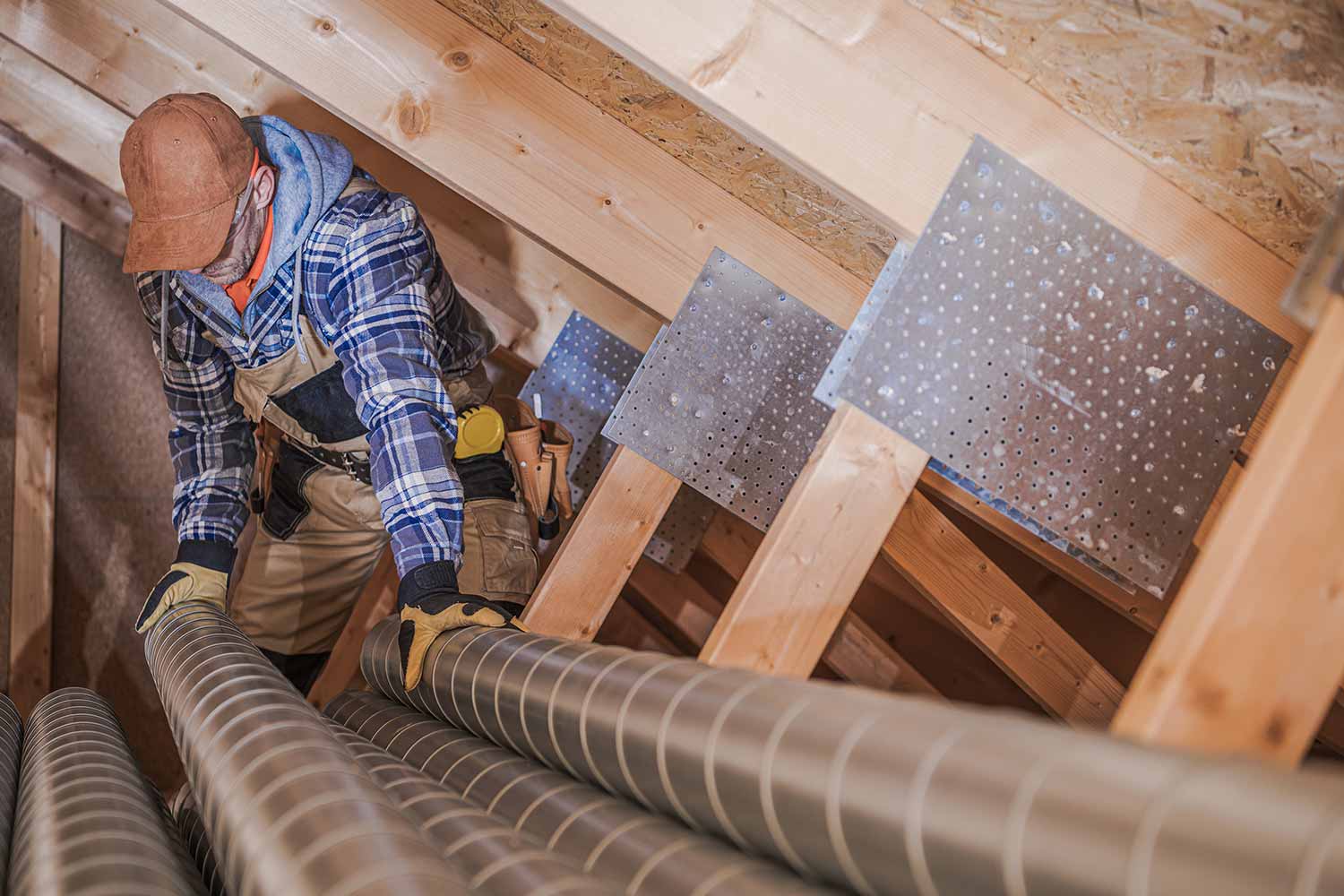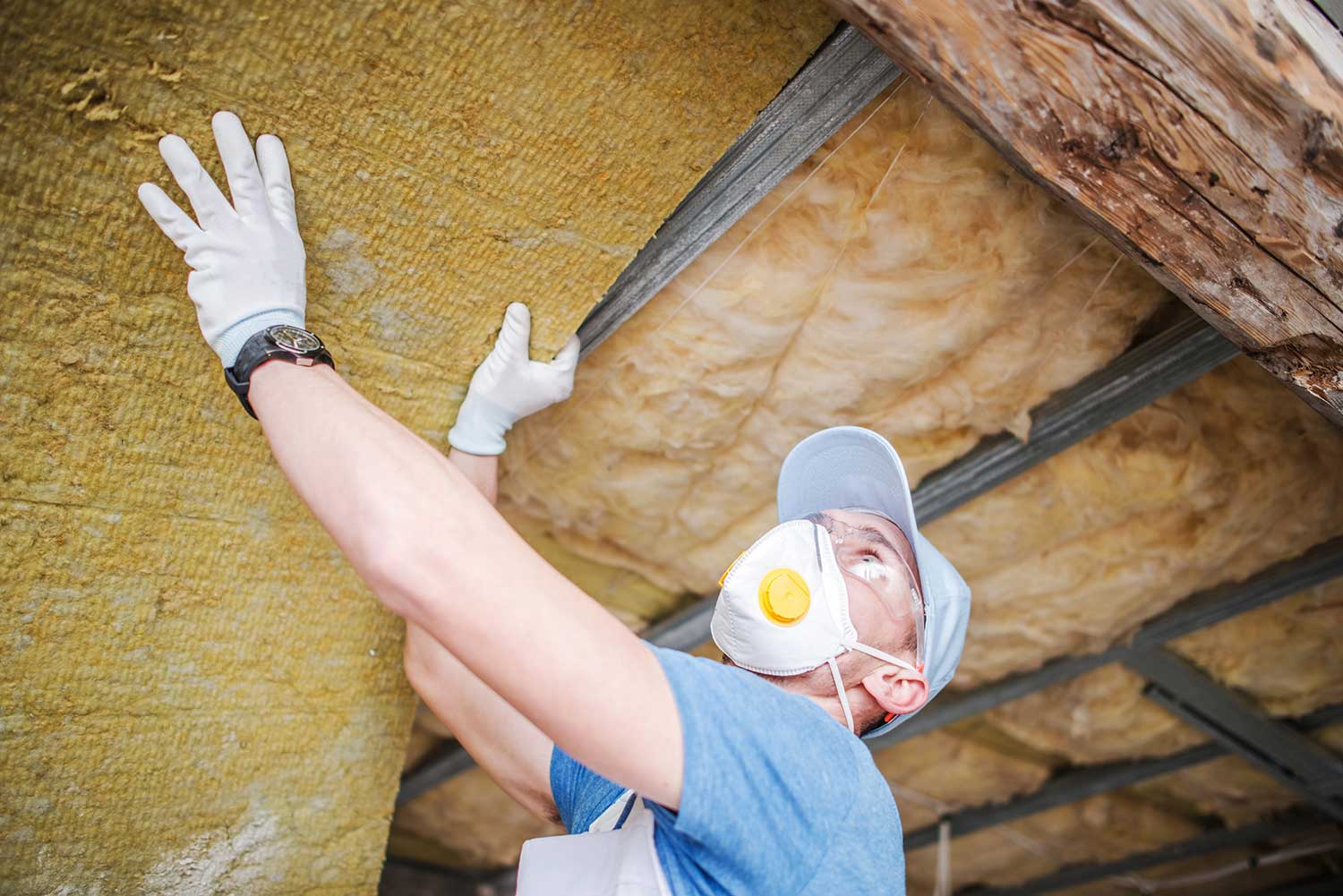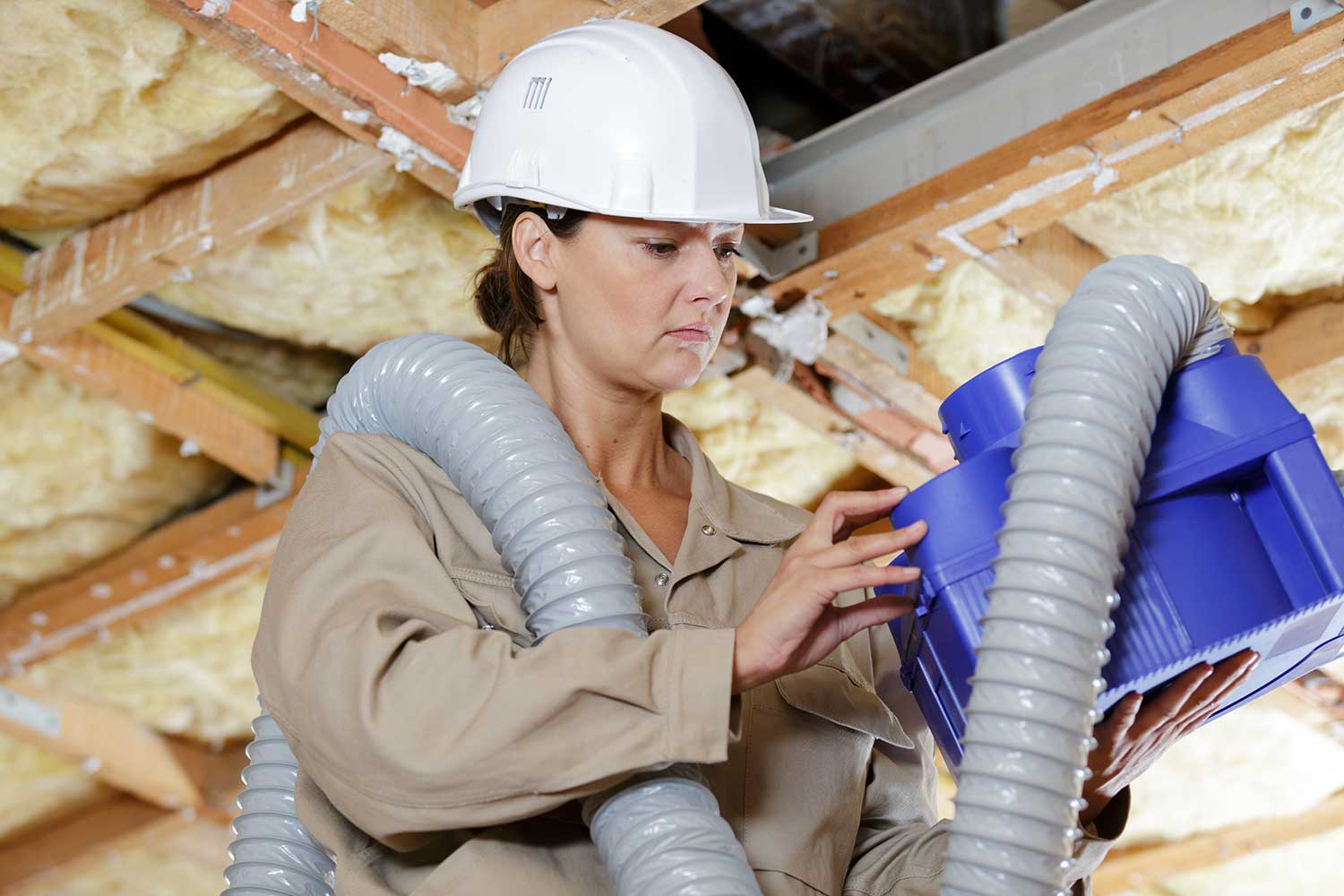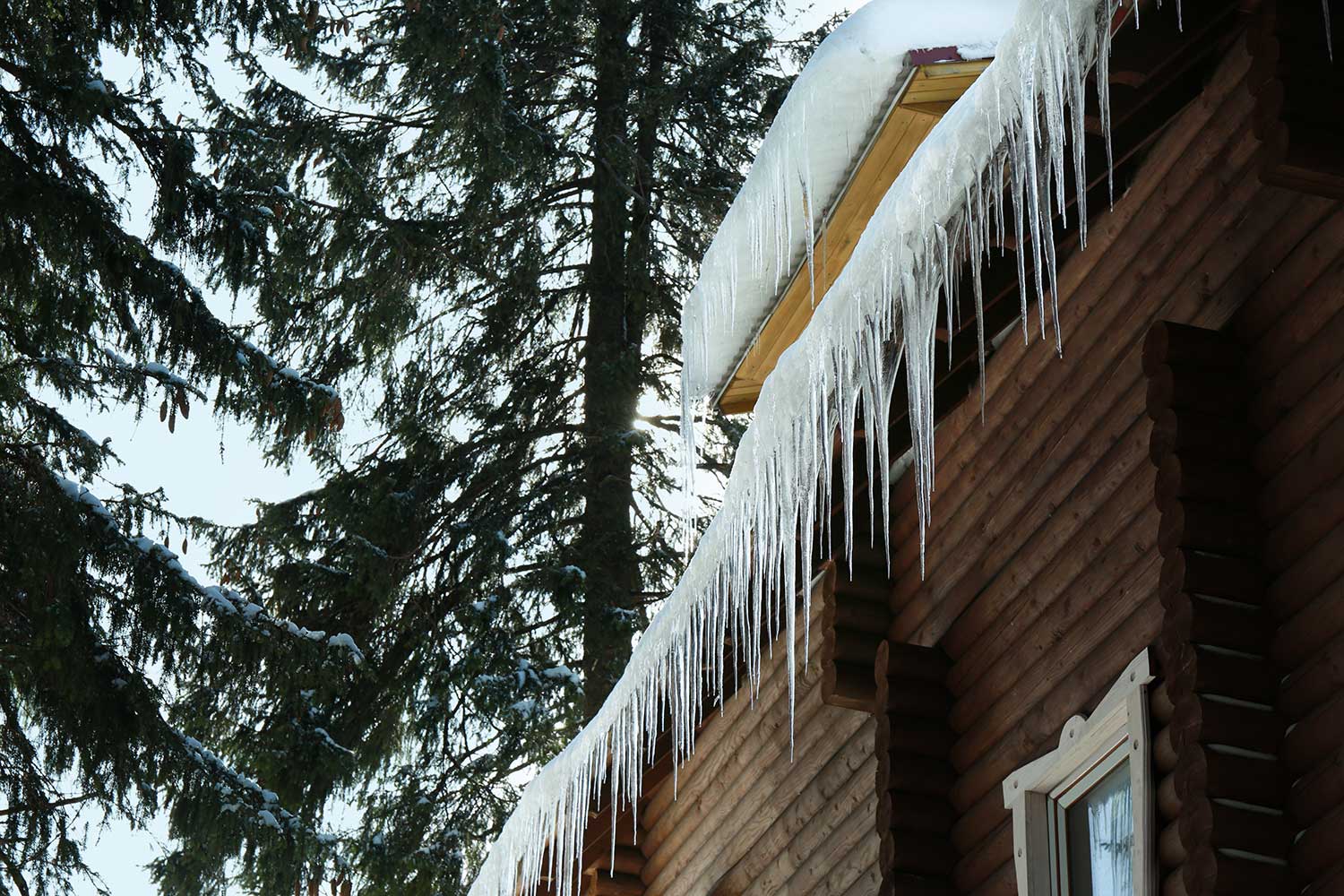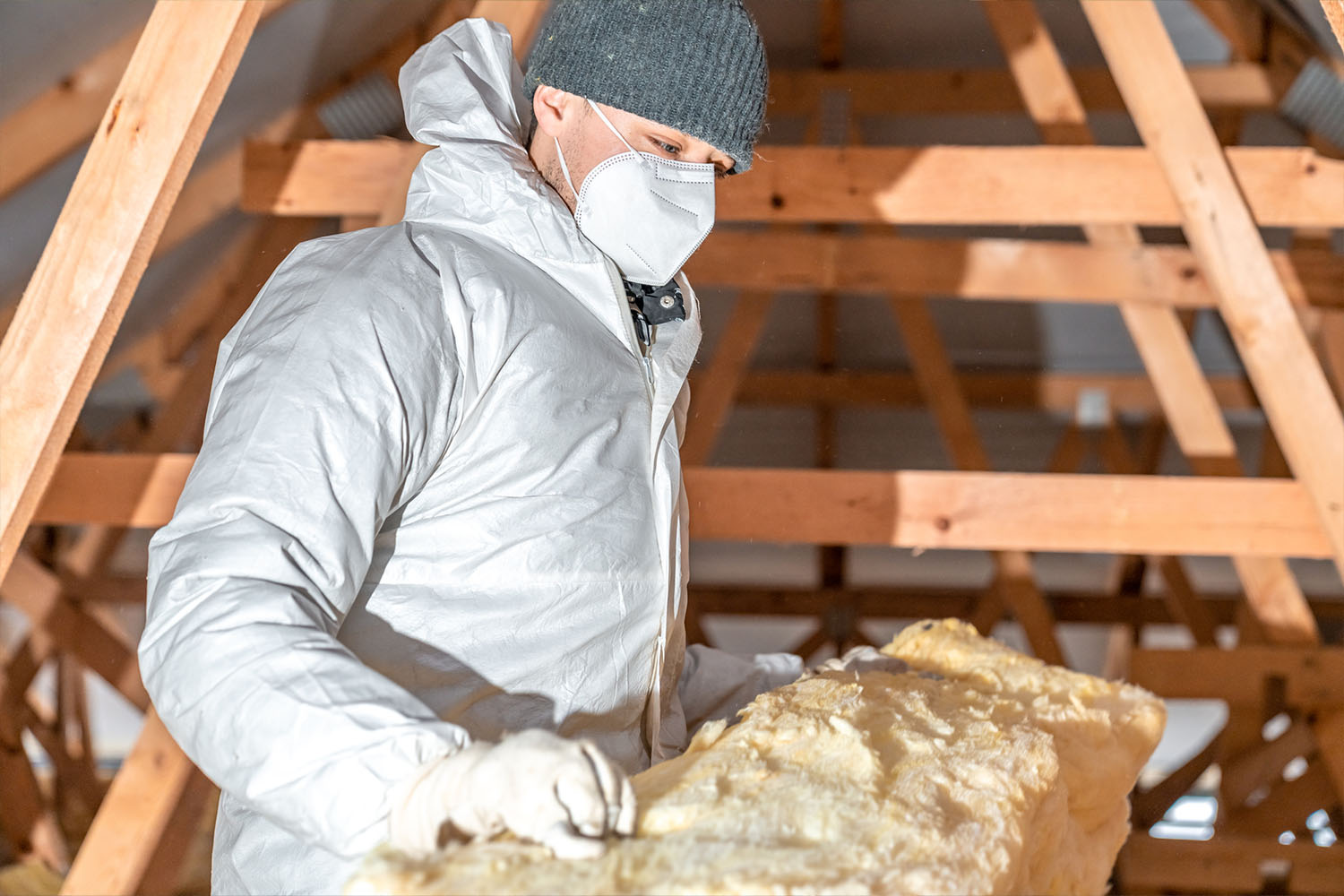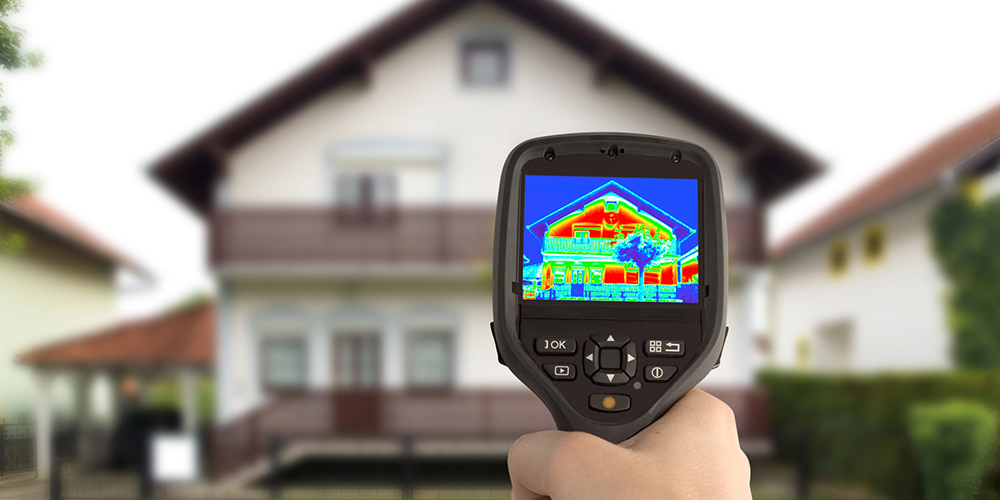How to Choose the Right Roofing Company in Calgary
Choosing a roofing contractor is not something most homeowners do often. For many people, it is a once-in-a-decade decision that can have a lasting impact on their home's safety, comfort, and value. The decision becomes even more important because of…

